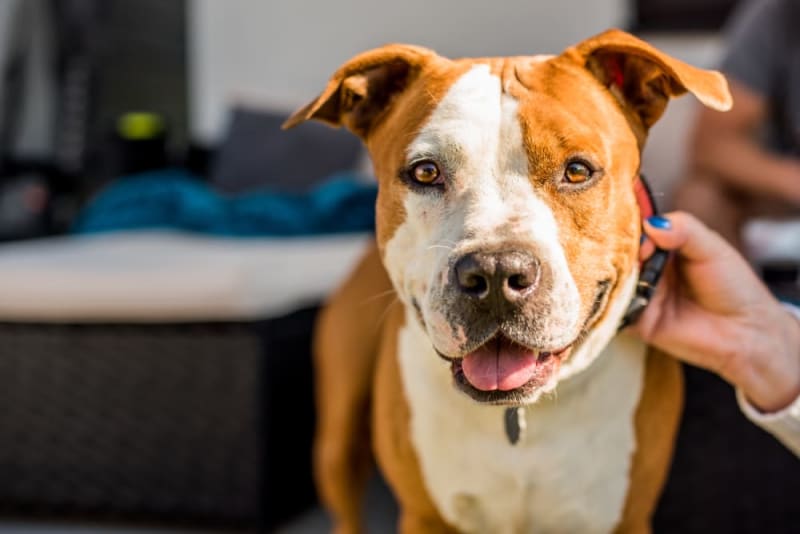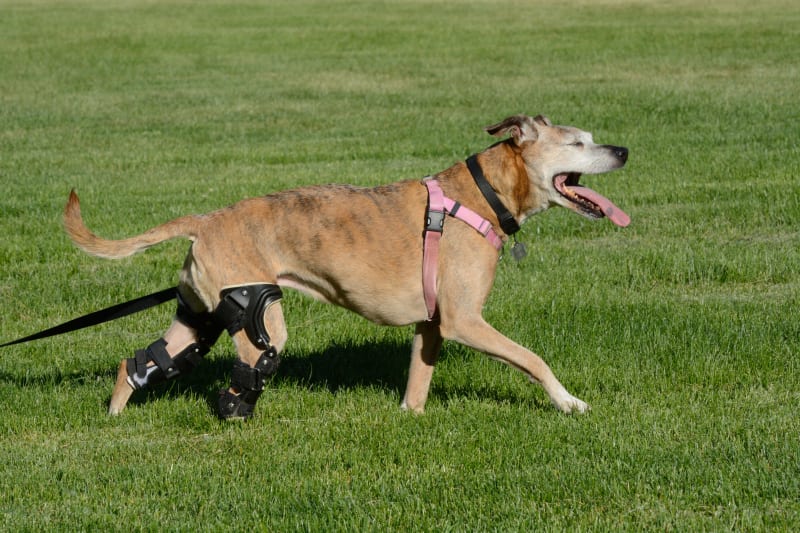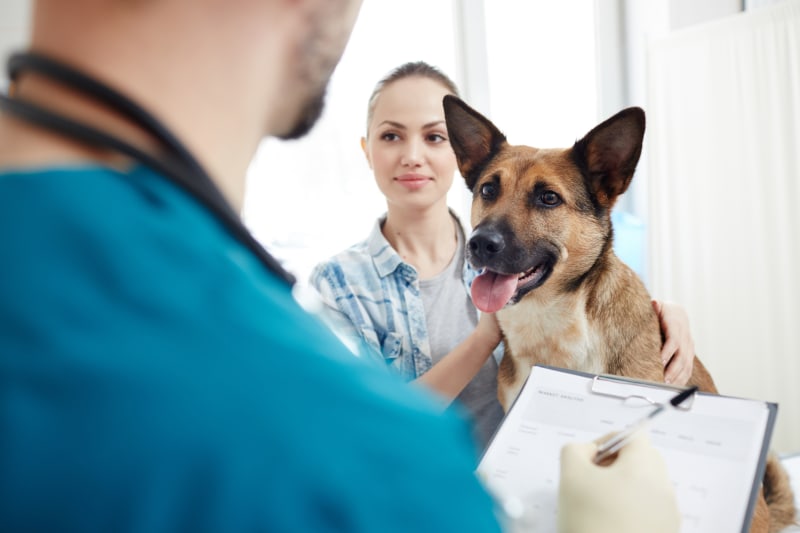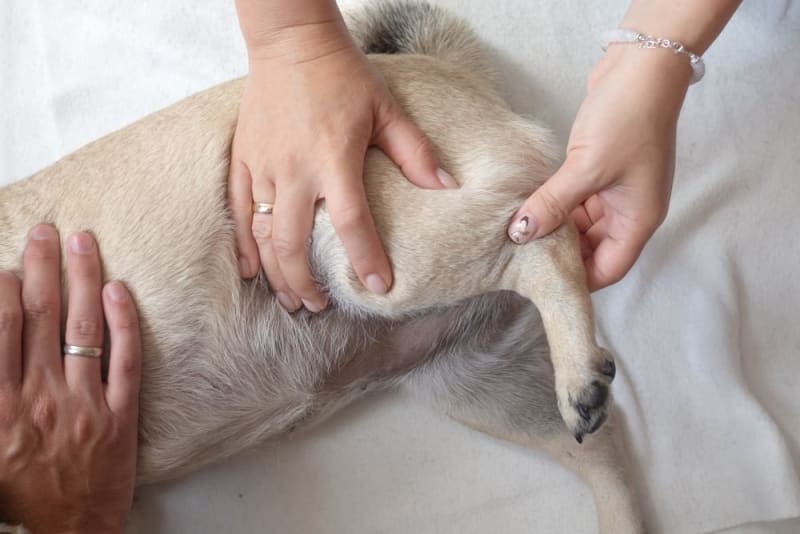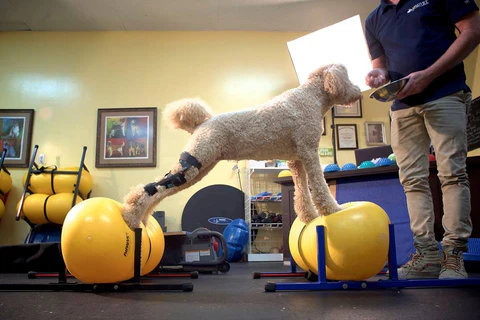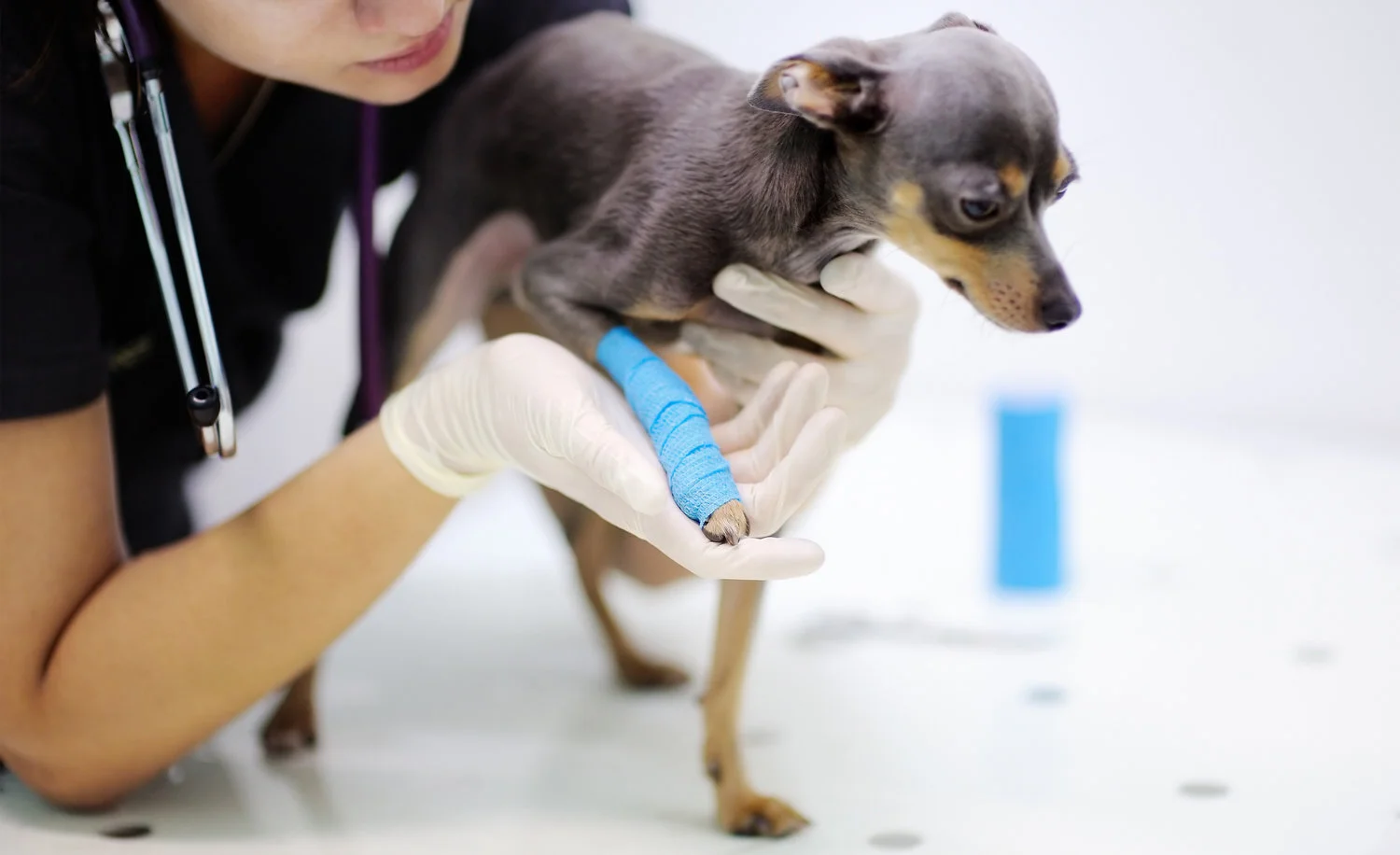Parvo in Dogs and Puppies: Causes, Symptoms, and Treatment for Canine Parvovirus – Parvo, or Canine Parvovirus (CPV), is a severe and often deadly disease in dogs. However, it is also highly preventable, and its symptoms can be treated through supportive care. Receiving a parvo diagnosis can be challenging, but increasing your knowledge will better equip you to handle the intricacies of this virus. This article covers parvo’s causes, symptoms, and the steps you can take to prevent its spread.
What is Canine Parvovirus?
Canine Parvovirus (CPV), commonly known as parvo, is a viral disease that mainly affects the gastrointestinal tract. It can also sometimes affect the lymph nodes, bone marrow, and heart muscle. While dogs of any age group can become infected with parvo, puppies are the most susceptible.
This virus spreads all over an infected dog’s body, destroying healthy cells and causing a low white blood cell count. This leads to lower immune function. Once the virus destroys protective cells, it breaches the gut barrier and the small intestine’s protective walls, making proper absorption of nutrients difficult. Because parvo weakens a dog’s immune system, it can also lead to secondary bacterial infections.
What are the causes of Parvo?
Parvo is a common and highly contagious virus. It most commonly spreads when a healthy dog comes into contact with an infected dog. Dogs infected with the disease tend to have a specifically high concentration of it in their stool. Any form of contact with an infected dog’s stool, even just sniffing, is likely to cause infection. Unluckily, parvo can also survive on surfaces for up to a month or longer. This means that a dog can become infected just by coming into contact with an infected object, such as a food bowl or water bowl, collar, or leash recently used by an infected dog.
Humans cannot become infected with parvo. However, humans who come into contact with an infected dog can spread this virus to healthy dogs through their hands or clothes.
What are the symptoms of Parvo?
The earliest clinical symptoms of parvo are frequently gastrointestinal. You may see your dog suffering from –
- Diarrhea
- Bloody stool
- Serious dehydration
- Lethargy
- Depression
Some dogs diagnosed with parvo also experience weight loss, loss of appetite (anorexia), and bacterial infections. For puppies, parvo may cause myocarditis, or inflammation of the heart.
How to diagnose parvo?
Schedule a visit to the vet as soon as possible if you see any of these common symptoms of parvovirus, so your vet can conduct a complete checkup. Various symptoms of parvovirus are also symptoms of other diseases and could be severe in their own right. Most likely, a vet will check your dog’s abdomen and then perform a stool test. The vet will take a sample of your dog’s feces and test it for the virus.
What is the treatment for parvo?
Although there is no cure for parvo, a veterinarian can provide supportive care by addressing specific symptoms of the illness. According to the seriousness of your dog’s symptoms, a veterinarian may –
- Provide medicines to fight gastrointestinal issues like diarrhea and vomiting.
- Managing electrolytes to combat dehydration
- Managing intravenous fluids to ensure your dog is getting enough nutrition
- Do blood transfusions
- Give antibiotics to treat secondary infections if the immune system is weak.
While parvo can be deadly, various dogs treated by a vet recover from their symptoms within a week. The survival rate for dogs cured by a vet for parvo is 68-92%.
Which are the dog breeds that are at risk for parvo?
Puppies born to a vaccinated dog are born with some antibodies. However, these start to wear off around week six of life. This is why puppies between six and 16 weeks old are most prone to parvo. Puppies get a series of vaccinations within this age range, and they do not reach full immunity until after the full series is complete. Some dog breeds are more prone to parvo than others. These include Labrador Retrievers, Dobermans, Rottweilers, German Shepherds, and American Staffordshire Terriers.
How to prevent your dog from parvo?
Get your dog vaccinated
The most effective way to prevent parvo is to adhere to your puppy’s vaccination schedule. The parvo vaccine is known as a main vaccine, meaning it is advised for all dogs. Puppies aged six to 16 weeks should receive at least three doses of the parvovirus vaccine, administered at intervals of three to four weeks. One year after this initial vaccine series, puppies should receive a booster. Then, dogs should receive another booster after 3 years.
Stop the spread of parvo
However, parvo is highly infectious, so pet owners need to make sure that infected dogs are quarantined. Some puppies may remain infected for up to 10 days even after their symptoms have subsided. If an unvaccinated dog is exposed to parvo, they should quickly isolate as well, as they may become contagious for up to 7 days before their symptoms start.
Parvo can remain in a living space for a month or longer, so it is essential to disinfect your home if it was recently brought by a dog with parvo. Unluckily, most regular cleaners do not kill parvo. Sometimes, the cleaner must contain bleach to be effective. Ask your vet for suggestions for a safe product proven to kill parvo.
Conclusion
Parvo in dogs is a highly contagious viral infection that predominantly targets puppies and unvaccinated adult dogs. Its impact can be severe, making vaccination crucial for prevention. Early diagnosis and parvo treatment for dogs are important for enhancing the chances of survival. With timely treatment, many dogs can recover and live a healthy life.
FAQs About Parvo in Dogs
How much time does parvo last?
Symptoms of parvo typically last 3 to 7 days, but recovery can take up to 2 weeks, depending on the dog’s age and situation.
What are the early signs of parvo in puppies?
First signs of parvo in puppies include vomiting, loss of appetite, diarrhea, and lethargy.
Are there home remedies for parvo?
No, home remedies are not effective for parvo. Veterinary care is important for recovery.

